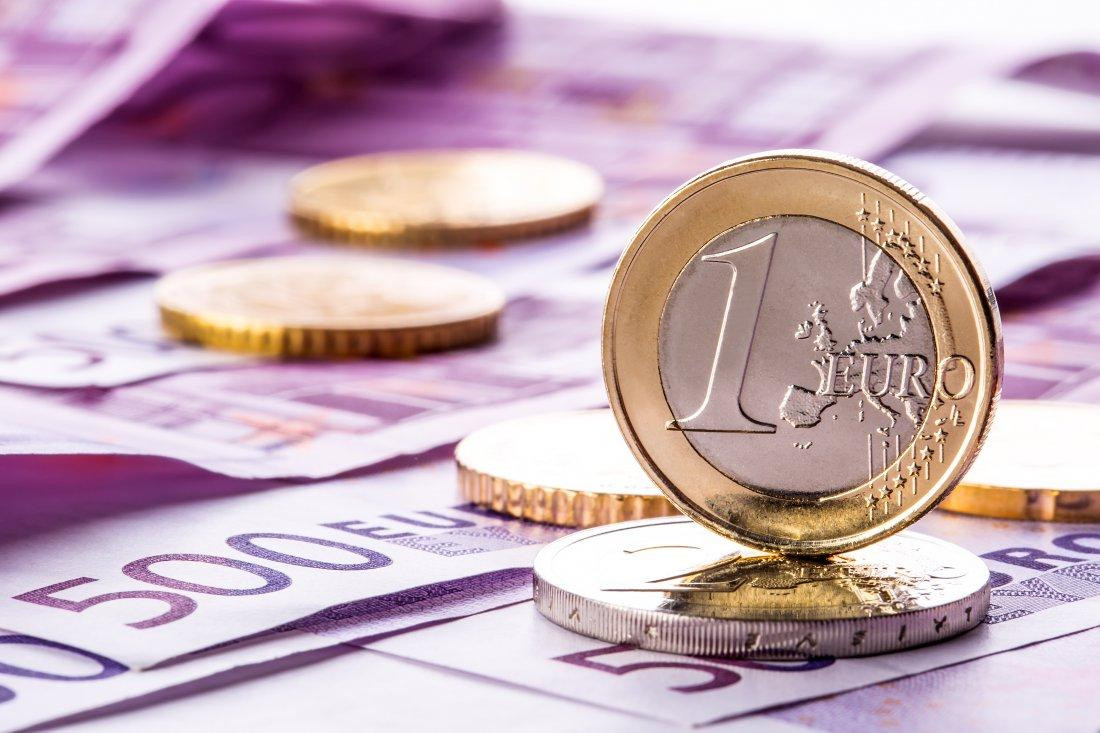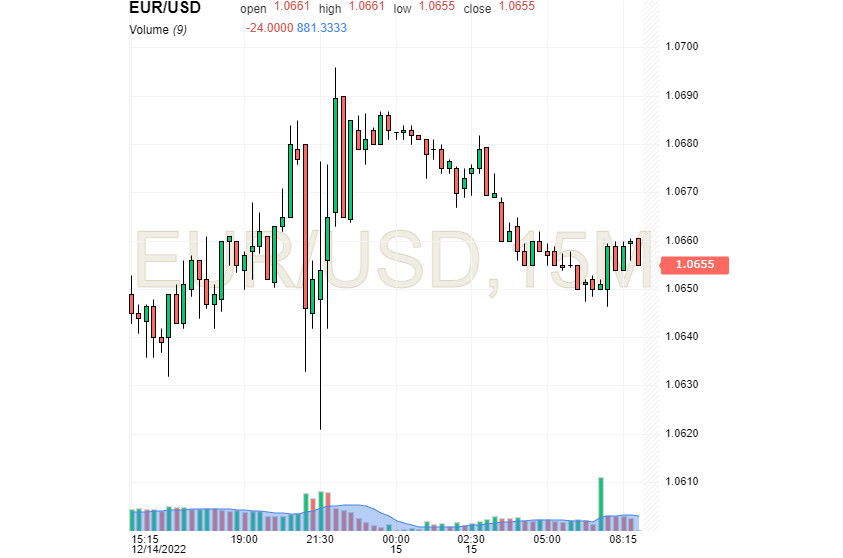
This week, the euro has been extremely volatile. After a sharp rise amid the weakening of the US dollar, it rolled back again. However, there is still a chance for recovery.
On Thursday morning, the European currency noticeably declined against the US dollar. Traders are now looking forward to the ECB meeting. The central bank will announce its rate decision as well as provide comments on the likelihood of a recession. Analysts believe that the euro could take advantage of the situation and resume an upward movement. Currently, the EUR/USD pair is trading near 1.0655, trying to reach new highs.

The euro has a high upside potential because the greenback is climbing solely thanks to the Fed's hawkish rhetoric. However, this bullish momentum may weaken at any moment. According to Credit Suisse, by the end of 2022, the EUR/USD pair is projected to test the May high of 1.0800.
As the New Year and Christmas holidays are approaching, many analysts have once again brought up the topic of the parity level. Opinions are polarized. Many FX strategists do not expect the pair to retreat to this level, while others believe that the odds are extremely high. Economists at Rabobank reckon that the EUR/USD pair is likely to reach parity in 2023.
Now, speculators are digesting the results of the Fed meeting. The central bank raised the interest rate by 50 basis points to 4.25%-4.5% on an annual basis. The fed funds rate is expected to peak at 4.75%-5.00% next year. Fed officials confirmed that they would stick to further tightening to tame inflation.
The so-called dot plots show that Fed policymakers have a median forecast of 5.1% for the fed funds rate at the end of 2023. The watchdog also said it would not plan to cut the key rate over the next year. The Fed also expects its rate to come down by the end of 2024 to 4.1% and to 3.1% by the end of 2025.
Apart from that, the Fed will continue to reduce its balance sheet. It announced this move in May of this year and started to trim its balance sheet in June. Currently, the Fed's assets stand at $8.6 trillion.
Now, the central bank's main priority is to cap inflation, pushing it to the 2% target. Inflation is still high although it is gradually decreasing. The Fed sees inflation risks 'weighted to the upside'. For this reason, it will stick to a hawkish stance until inflation declines to the target level.
Later, the ECB will announce its rate decision. According to preliminary forecasts, the ECB is projected to hike the key rate by 50 basis points, taking it to 2.5%. Earlier, the ECB raised the rate by 75 basis points. In addition, it will also unveil its macroeconomic projections.
Analysts at Credit Suisse contemplate that a 50 basis point rate hike could adversely affect the euro. However, it will hardly undermine the bullish trend. It might occur only if Christine Lagarde provides rather dovish comments on the future plans for monetary policy and the final range for the key rate. Such a scenario looks unlikely, Credit Suisse pointed out. However, persistently high inflation and rising wages increase the chance of a 75 basis point rate hike. If so, the euro will definitely rise.
 English
English 
 Русский
Русский Bahasa Indonesia
Bahasa Indonesia Bahasa Malay
Bahasa Malay ไทย
ไทย Español
Español Deutsch
Deutsch Български
Български Français
Français Tiếng Việt
Tiếng Việt 中文
中文 বাংলা
বাংলা हिन्दी
हिन्दी Čeština
Čeština Українська
Українська Română
Română

